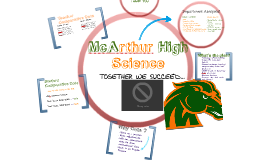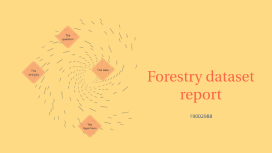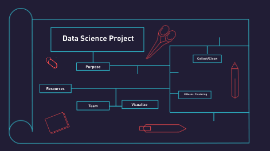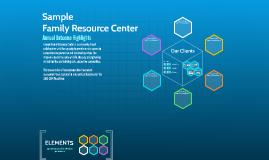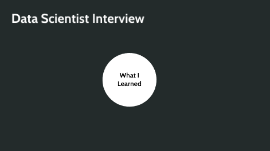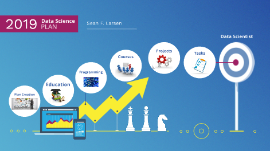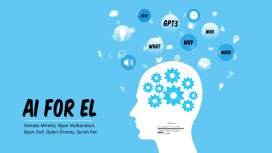Data Science Presentation
Transcript: Data Scientist Interview What I Learned The Basics Dr. Singh started out at The Fed Economic Research Data Cleaning Linear and Logistic Regression Went back to school and got her doctorate in data science Now works at google as a data scientist with the YouTube Comments team The Interview Interview Process 1. Screening Call with an HR Rep. to determine the best role for you (could be different than what you applied for) 2. Technical Interview to cover your general statistical and coding knowledge (there are 4 in total) 3. Behavioral interview to asses the parts of you that don't have to do with your technical ability 4. Then everything you've done so far goes through multiple committees to make sure everything's up to snuff 5. You then get to interview other hiring managers to figure out what team you want to work with Dr. Singh said the whole process took 8 week Day To Day Day to Day For Dr. Singh her job is unique in a way that her department is full of data scientists but they all work with different product segments She works primarily with the YouTube comments team where she works closely with the software engineers and product managers Her day to day mainly contains meetings with the software engineers and product managers of the YouTube comments team to determine what they need while the rest is spent coding She best describes it as being an internal consultant who does what ever they need done, small, medium, and large, when it comes to data science Languages and Technologies Commonly Used Technologies It mainly depends on what team shes working with SQL, R, Python with a little bit of C++ are all used. Data scientists don't need to know all of these but at least at google SQL is needed because its the primary way they interact their databases Its hard to get as much support for R because only 50 of the 3000 people working with YouTube are data scientists. Dr. Singh says she has a preference for R for data analysis but is trying to move towards python for the reason stated above. Knew most of the technologies going in (had to touch up on C++ and SQL) but Google has dedicated time every quarter for learning on the Job Favorite Project Favorite Project? One of her first projects The comments team had a metric they wanted to use but the data for it was extremely noisy Dr. Singh developed a method that improved the usable data by 300%. She was able to fully implement her work in a way that it was essentially plug and play for the comments team to use. It required no changes to their current codebase. The reason she enjoyed it so much was the fact that she got to use a bunch of different languages, learned a bunch of new stuff, and in the end got to wrap it up in a nice neat package that was actually useful. Current and Future Projects Recent Projects A survey after you watch a video that lets you pick between and rate 2 different comments as to which one is more relevant. Researching the correlation between Engagement signals and user satisfaction Currently working on how to detect brigaiding and notify the creator as its happening so they can disable comments and protect themselves. This involves determining what metrics are indicative of brigaiding (dislikes, mass comments, etc) Random Information Fun Facts and Random Information Her office has a slide in it to get down stairs Google hosts YTF (YouTube Fridays) where you can talk with coworkers outside of a work environment as well as talk with the YouTube CEO in a relatively relaxed environment. She also mentioned there is awesome live music. She's only had to work outside of work once and her boss was mad that it even happened at all. She said while its extremely uncommon for data science stuff to be deadline focused but it might be a little different for software engineers. "When getting your PHD you learn how to learn" Took a shotgun approach to applying for jobs (Chase Bank, Post Doc at Yale, Social Policy Think Tank, Lawrence Liver more National Lab, and many more) Advice for younger self "Stop trying to plan so much, just let go a bit, everything will be okay".






